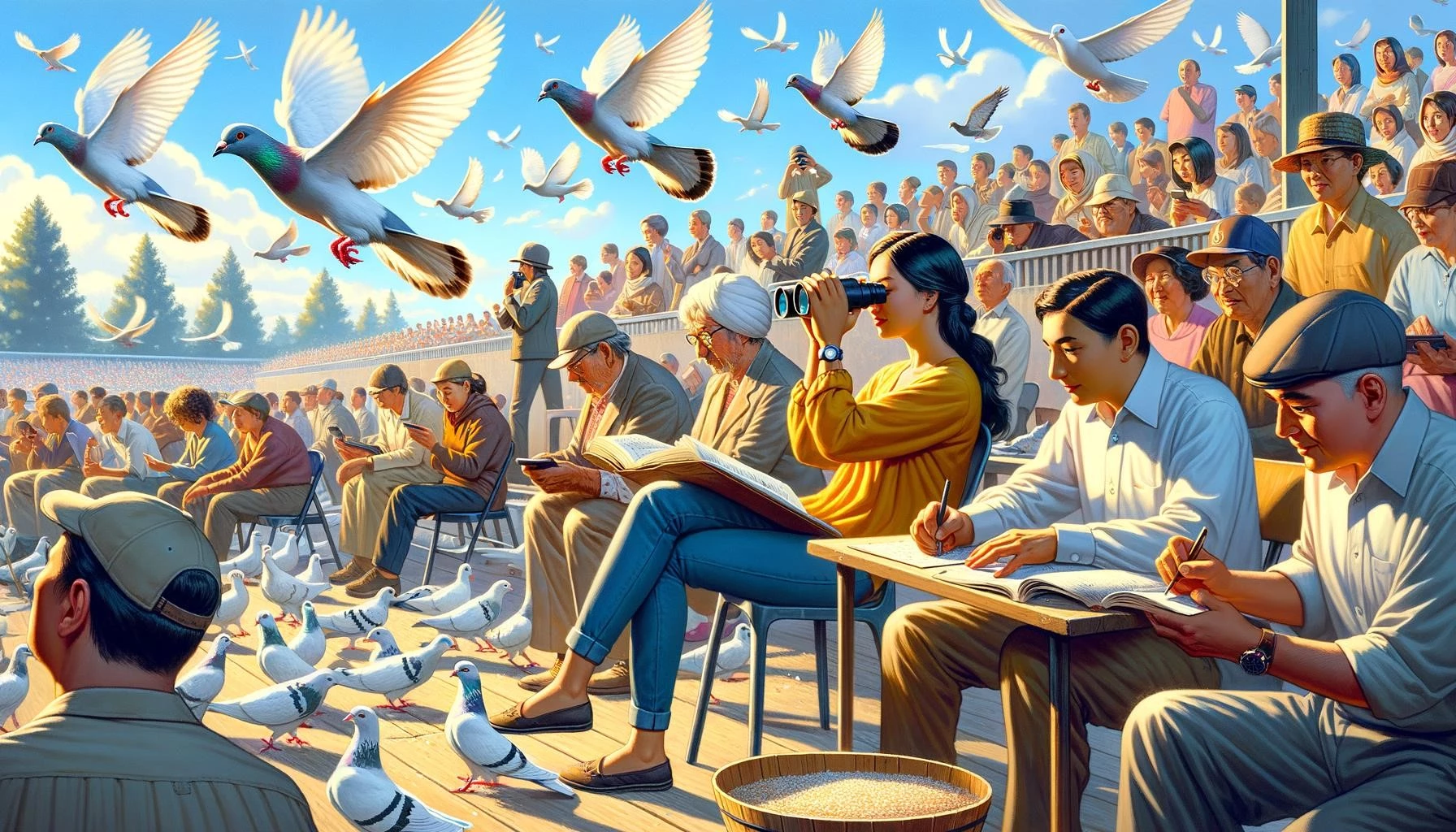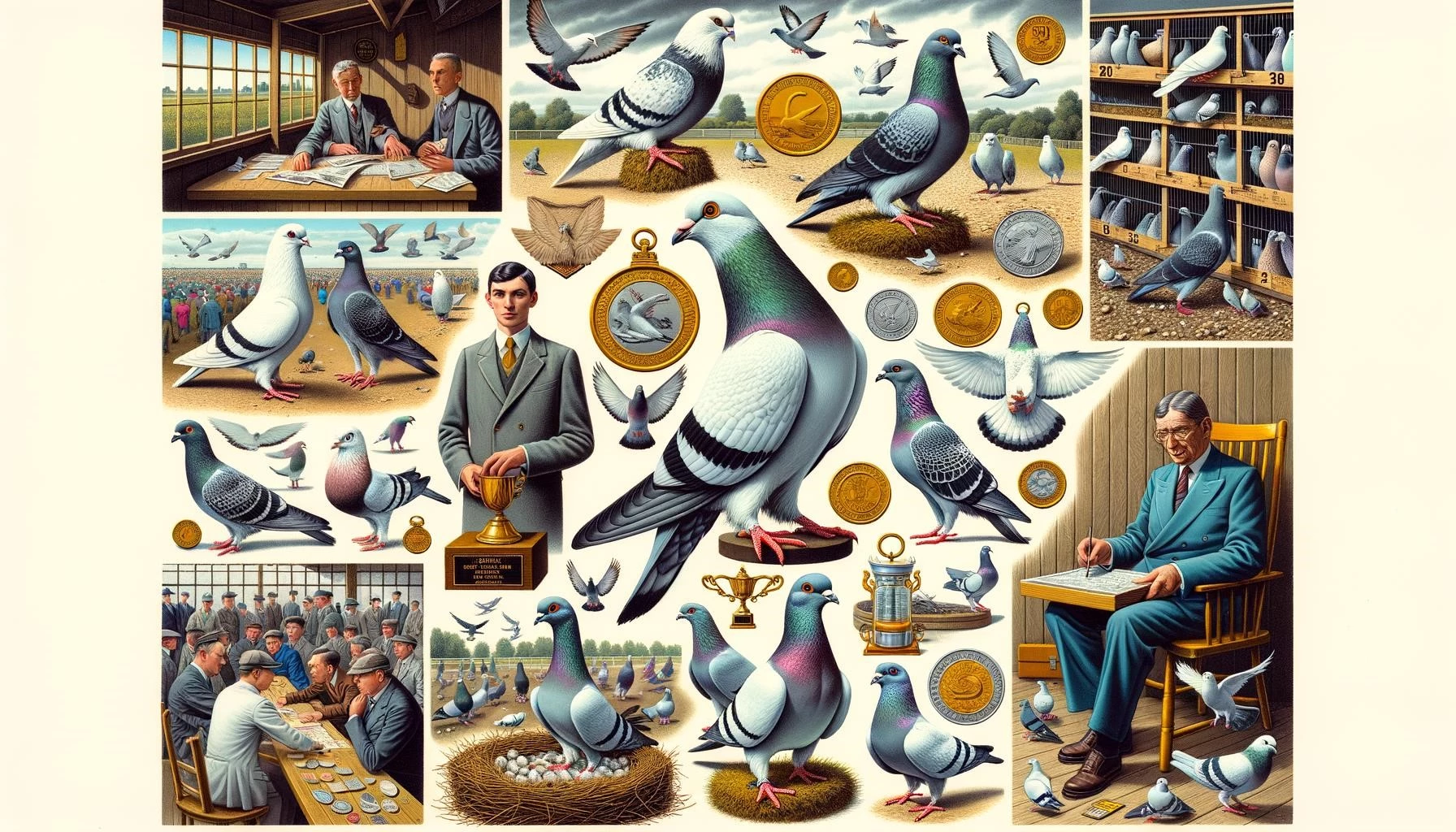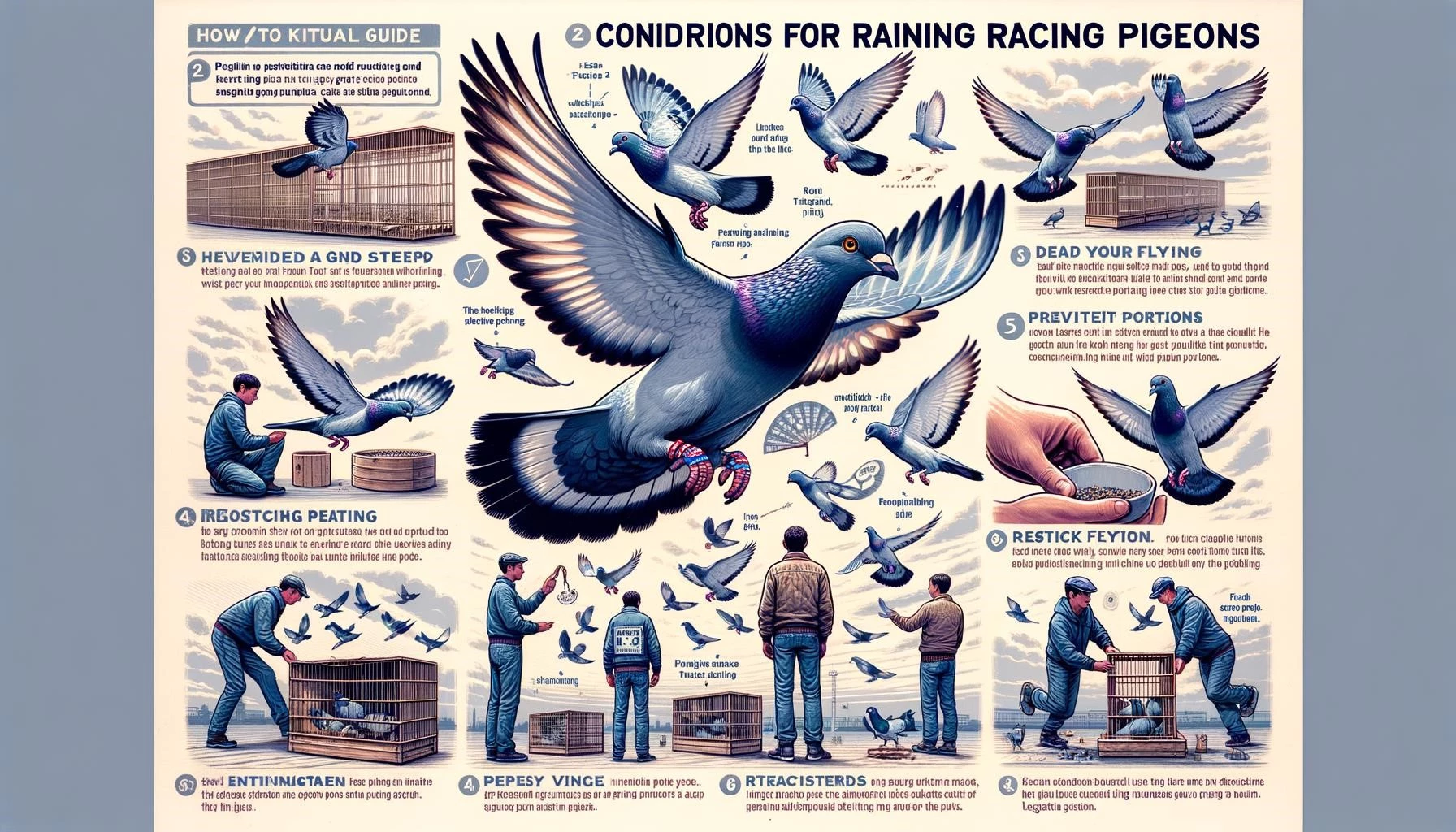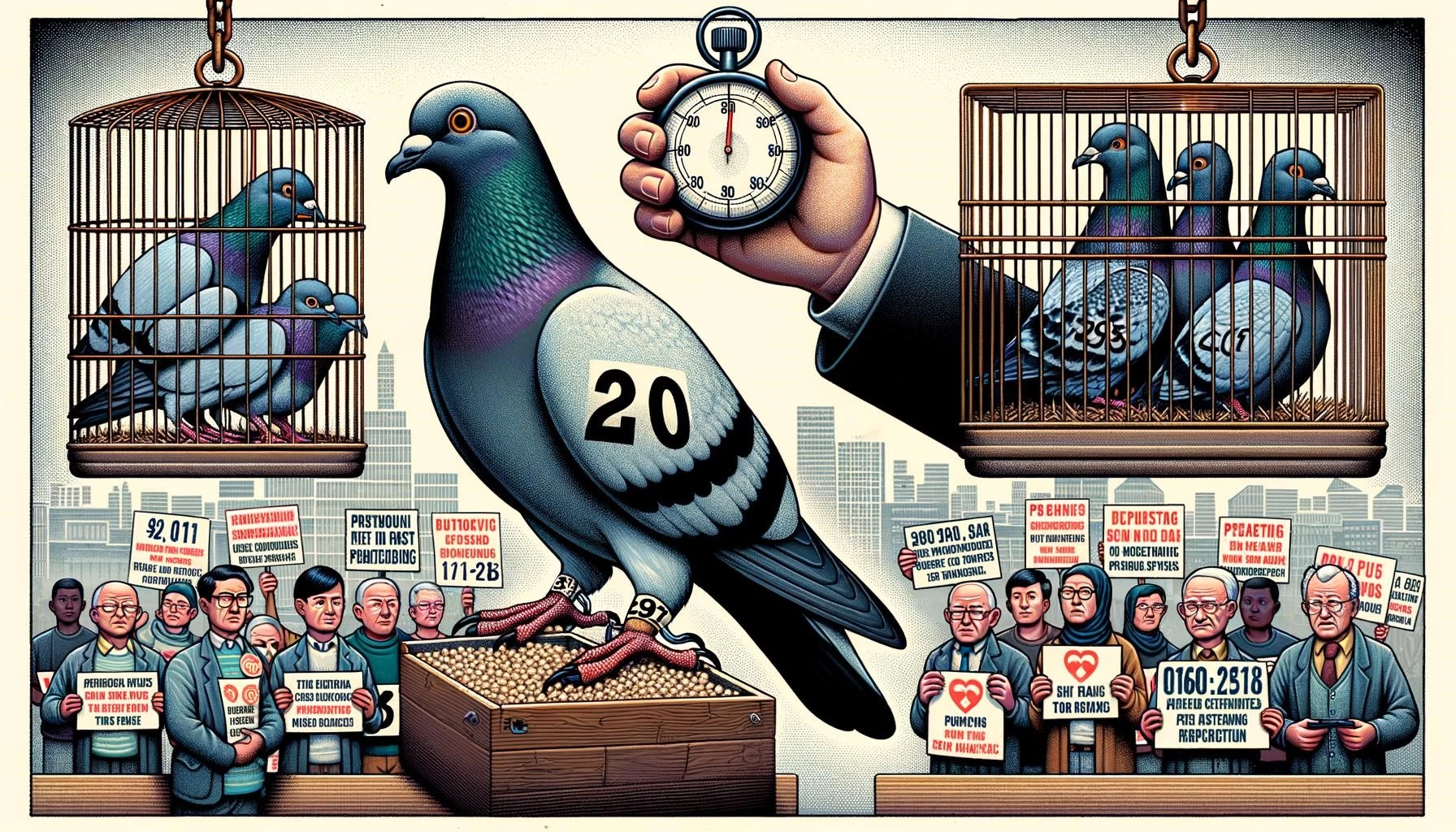Pigeon racing is a fascinating sport that has been enjoyed by enthusiasts for centuries. It involves training and racing homing pigeons, where the birds are released from a specific point and race back to their lofts. For beginners who are interested in getting started in pigeon racing, there are several key aspects to consider, such as building a loft, selecting and training pigeons, and participating in races. In this article, we will explore these topics in depth to provide a comprehensive guide for beginners in pigeon racing.
Key Takeaways
- Pigeon racing is a sport that involves training and racing homing pigeons.
- Beginners can start pigeon racing by building a loft, selecting and training pigeons, and participating in races.
- A well-constructed loft is essential for providing a safe and comfortable home for the pigeons.
- The selection process involves choosing healthy and strong pigeons with desirable racing traits.
- Training pigeons involves gradually increasing their flying distance and exposing them to different racing conditions.
- Participating in races requires registering with local pigeon racing clubs and following the rules and regulations set by the governing bodies.
Building a Loft
Before getting started in pigeon racing, it is crucial to build a loft that serves as the pigeons’ home and provides a safe and comfortable environment for them. The loft should be spacious enough to accommodate the number of pigeons you plan to keep and should have proper ventilation, insulation, and lighting to ensure the well-being of the birds.
When constructing a loft, it is important to consider factors such as loft size, orientation, materials, and cleanliness. The loft should have separate sections for nesting, perching, and feeding. Nest boxes should be provided for the pigeons to lay their eggs and raise their chicks. Perches should be placed at a height that allows the pigeons to rest comfortably and observe their surroundings.
Cleanliness is crucial in maintaining a healthy loft environment. Regular cleaning and disinfection help prevent the spread of diseases and parasites. Providing clean drinking water and a balanced diet are also essential for the pigeons’ overall health and well-being.
Selecting and Training Pigeons
Choosing the right pigeons is a crucial step in pigeon racing. Beginners should look for healthy and strong pigeons with desirable racing traits, such as a strong homing instinct, good endurance, and a consistent flying pattern. It is advisable to consult experienced pigeon fanciers or join local racing pigeon clubs for guidance on selecting pigeons suitable for racing.
Training pigeons for racing involves a gradual process of increasing their flying distance and exposing them to different racing conditions. This is done to improve their homing abilities and prepare them for the challenges they will face during races. Training should be done regularly and progressively, starting with short-distance flights near the loft and gradually increasing the distance over time.
During training, it is important to monitor the health and condition of the pigeons. Regular health checks and vaccinations can help prevent diseases and ensure the pigeons are in optimal condition for racing. It is also important to provide a balanced diet and access to fresh water to support their performance and recovery.
Participating in Races
Once the pigeons are trained and ready, beginners can start participating in races. Joining local pigeon racing clubs is a great way to get involved in the racing community and gain access to race opportunities. It is important to familiarize yourself with the rules and regulations set by the pigeon racing governing bodies in your area.
Races are typically organized by releasing the pigeons from a specific point and tracking their return time to their respective lofts. The pigeons’ speed and performance are measured, and winners are determined based on various factors, such as the distance traveled and the time taken.
Participating in races requires careful planning and preparation. This includes ensuring the pigeons are in optimal condition, selecting suitable race distances, and providing necessary transportation to the race location. It is also important to have a system for tracking and timing the pigeons’ return to the loft.
As a beginner, it is important to set realistic expectations and focus on gaining experience and improving your skills in pigeon racing. Learning from more experienced fanciers, observing the performance of your pigeons, and continuously refining your training and racing strategies are key to success in the sport.
Pigeon racing is a rewarding and challenging sport that can be enjoyed by beginners and seasoned enthusiasts alike. Building a well-constructed loft, selecting and training pigeons, and participating in races are important steps in getting started in pigeon racing. By following the guidelines and seeking guidance from experienced fanciers, beginners can embark on an exciting journey in the world of pigeon racing.








